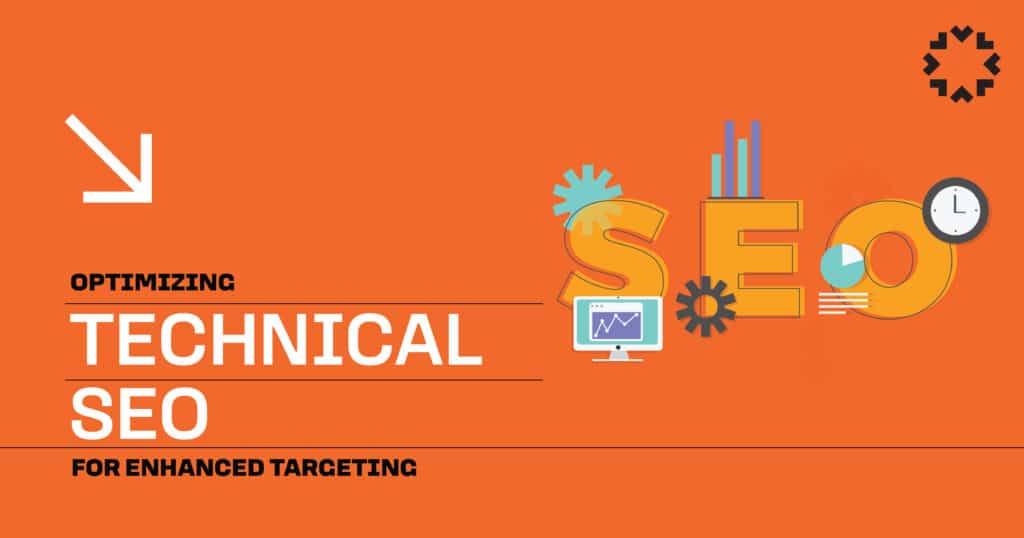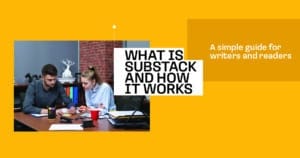Search engines are like therapists for your website – they need to understand the underlying issues to provide the right treatment. Technical SEO is that therapy session: on-page optimization, meta tags, schema markup, robots.txt, XML sitemap, canonical tags, hreflang tags, and alt text work together to heal visibility problems and connect with the right audience. This blog diagnoses common technical SEO disorders and prescribes proven solutions for digital mental health.
The Technical SEO Therapy Session: Diagnosis First
Every website has unique pain points. Begin with a comprehensive audit:
- Crawl errors: 404s, redirect chains.
- Index bloat: Duplicate content, thin pages.
- Speed trauma: >3-second load times.
- Mobile phobia: Non-responsive design.
- Security anxiety: HTTP instead of HTTPS.
Tools like Google Search Console and Screaming Frog reveal symptoms. The table shows common technical SEO “disorders”:
| SEO Disorder | Symptoms | Root Cause | Therapy Prescription |
| Crawl Budget Waste | Low-value pages indexed | No robots.txt, infinite URLs | Block with robots.txt, noindex tags |
| Duplicate Content Syndrome | Multiple URLs, same content | Parameter URLs, HTTP/HTTPS | Canonical tags, 301 redirects |
| International Confusion | Wrong language version in results | Missing hreflang | Implement hreflang cluster |
| Image Search Blindness | No traffic from Google Images | Missing alt text, large files | Descriptive alt, WebP compression |
| Schema Deficiency | Plain blue links only | No structured data | JSON-LD schema on key pages |
On-Page Optimization: The Therapy Foundation
On-page optimization creates the therapeutic environment. Core elements:
- Title tag therapy: 50-60 characters, primary keyword front.
- Meta description counseling: 150-160 characters, compelling CTA.
- Header hierarchy: H1 for main topic, H2-H6 for structure.
- Content depth treatment: 1,500+ words with E-E-A-T signals.
- Internal linking therapy: Connect related content with descriptive anchors.
Combine with technical elements for full recovery. The Google Search Central on-page guide details best practices.
Meta Tags: Your SEO Prescription Label
Meta tags are medication instructions for search engines. Essential prescriptions:
- Title tag: Generic name + dosage (keyword + benefit).
- Meta description: Patient information leaflet (what to expect).
- Robots meta: Contraindications (noindex, nofollow).
- Open Graph: Social media compatibility check.
- Viewport: Mobile responsiveness warning.
Missing meta tags = treatment failure. The table shows meta tag “medication” types:
| Meta Tag | SEO “Medication” | Dosage (Length) | Side Effects if Missing |
| Title | Primary keyword + brand | 50-60 characters | Lower CTR, confused crawlers |
| Description | Benefit + CTA | 150-160 characters | Reduced clicks, generic snippet |
| Robots | Index/follow control | Varies | Wrong pages indexed |
| Open Graph | Social media rich preview | Title, description, image | Poor social sharing |
Schema Markup: The MRI for Search Engines
Schema markup gives search engines X-ray vision into your content. Implementation therapy:

- JSON-LD format: Non-invasive, placed in <head>.
- Rich result eligibility: FAQ, HowTo, Product schemas.
- Validation testing: Google Rich Results Test.
- Priority pages: Homepage, products, articles.
- Maintenance schedule: Update with content changes.
Results appear in 4-6 weeks. The Schema.org official documentation provides markup examples.
Robots.txt: The Do Not Disturb Sign
Robots.txt sets boundaries for crawlers. Strategic applications:
- Block low-value areas: /wp-admin/, /checkout/.
- Preserve crawl budget: Prevent parameter URL indexing.
- Allow priority content: Explicit Allow for key directories.
- Sitemap declaration: Direct bots to XML location.
- Bot-specific rules: Different for Googlebot vs. Bingbot.
Syntax: User-agent: * Disallow: /private/ Allow: /private/important/.
XML Sitemap: The Treatment Plan
XML sitemaps list all URLs with metadata for efficient crawling. Best practices:
- Include only indexable URLs: Exclude noindex, redirects.
- Add <lastmod>: Content update dates.
- Set <priority>: 1.0 homepage, 0.8 categories.
- Use <changefreq>: daily news, monthly static.
- Split large sites: <50,000 URLs per file.
Submit via Search Console, ping Google on updates.
Canonical Tags: The Duplicate Content Antidote
Canonical tags resolve URL confusion:
- Self-referencing canonicals: Every page declares preferred version.
- Parameter handling: ?sort=price → clean URL.
- HTTP vs HTTPS: Force secure version.
- www vs non-www: Consistent domain.
- Cross-domain: License content properly.
Implementation: <link rel=”canonical” href=”https://example.com/preferred-url”/>.
Hreflang Tags: The Multilingual Translator
Hreflang prevents language/region mix-ups:
- Language codes: hreflang=”en-us” American English.
- Regional variants: hreflang=”es-mx” Mexican Spanish.
- x-default: Fallback for unmatched languages.
- Bidirectional linking: Each page references translations.
- Sitemap alternative: Include in XML for scale.
Critical for international SEO success.
Alt Text: The Image Accessibility Advocate
Alt text serves dual purposes:
- Screen readers: Describe for the visually impaired.
- Image search: Keywords for Google Images.
- Context on failure: Text displays if the image breaks.
- Best practices: Descriptive, <125 characters, keyword front-load.
- Avoid stuffing: Natural language only.
Compress to <100KB, use WebP format. The Google Images optimization guide details requirements.
Technical SEO Therapy Implementation Plan
6-week treatment schedule:
- Week 1: Audit with Screaming Frog, fix critical errors.
- Week 2: Implement meta tags, canonicals across site.
- Week 3: Add schema markup to top 10 pages.
- Week 4: Create/optimize XML sitemap, robots.txt.
- Week 5: Hreflang for international, alt text for images.
- Week 6: Monitor Search Console, adjust based on data.
Tools: Yoast SEO, Rank Math, Schema Pro, Ahrefs Site Audit.
BloomHouse Marketing: Your Technical SEO Therapist
When search engines need therapy, expert guidance heals the connection. At BloomHouse Marketing, we specialize in technical SEO – on-page optimization, meta tags, schema markup, robots.txt, XML sitemap, canonical tags, hreflang tags, and alt text—for precision targeting. From audits to implementation, we’re your partner. Contact BloomHouse Marketing today to learn more or schedule your SEO therapy session. Heal your search presence—start blooming.

FAQs
How do meta tags contribute to on-page optimization and improve SEO performance?
Meta tags like title and description directly influence click-through rates from search results while providing context to search engines about page content. Unique, keyword-optimized title tags improve ranking relevance; compelling meta descriptions boost CTR by 5-10%. They work alongside content and internal links for comprehensive on-page optimization.
What role does schema markup play in enhancing search visibility, and how can it be implemented effectively?
Schema markup creates rich snippets – stars, prices, FAQs- increasing click-through rates 20-30% by making results visually compelling. Implement using JSON-LD in the <head> section, validate with Google’s Rich Results Test, and prioritize high-traffic pages. Regular updates ensure compatibility with evolving search features.
How can robots.txt files be utilized to improve search engine crawling and indexing for a website?
Robots.txt files direct search engine bots by allowing or disallowing access to specific directories, preserving crawl budget for important content. Use Disallow for admin panels and duplicate parameters while including the sitemap URL. Test changes in Google Search Console to prevent accidental blocking of critical pages.
What are the best practices for creating an XML sitemap to ensure effective search engine optimization?
Include only indexable URLs with accurate <lastmod>, <priority>, and <changefreq> tags, keeping files under 50,000 URLs and 50MB uncompressed. Submit through Google Search Console and update on significant content changes. Use auto-generation plugins and validate for errors regularly.
How do hreflang tags benefit multilingual websites and what is their impact on international SEO efforts?
Hreflang tags prevent wrong-language results by signaling “this page is for Spanish-Mexico,” improving user experience and local search rankings. They reduce duplicate content penalties across language versions when implemented bidirectionally. Include x-default fallback and validate in Search Console for global SEO success.









